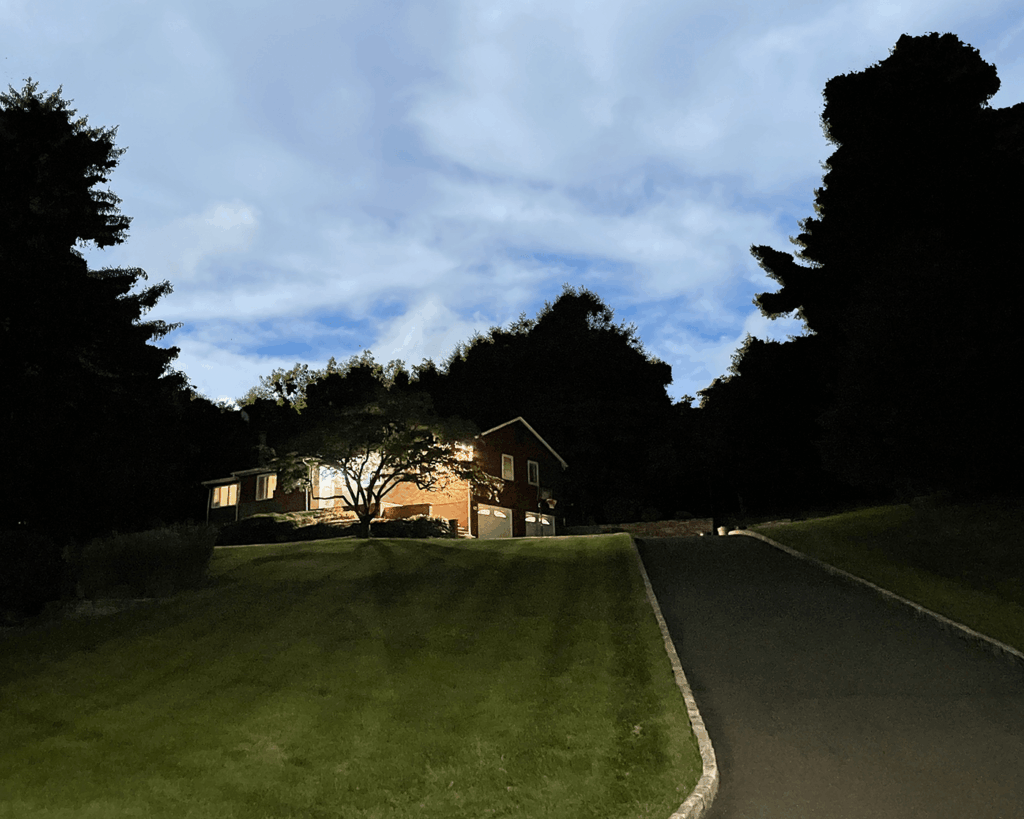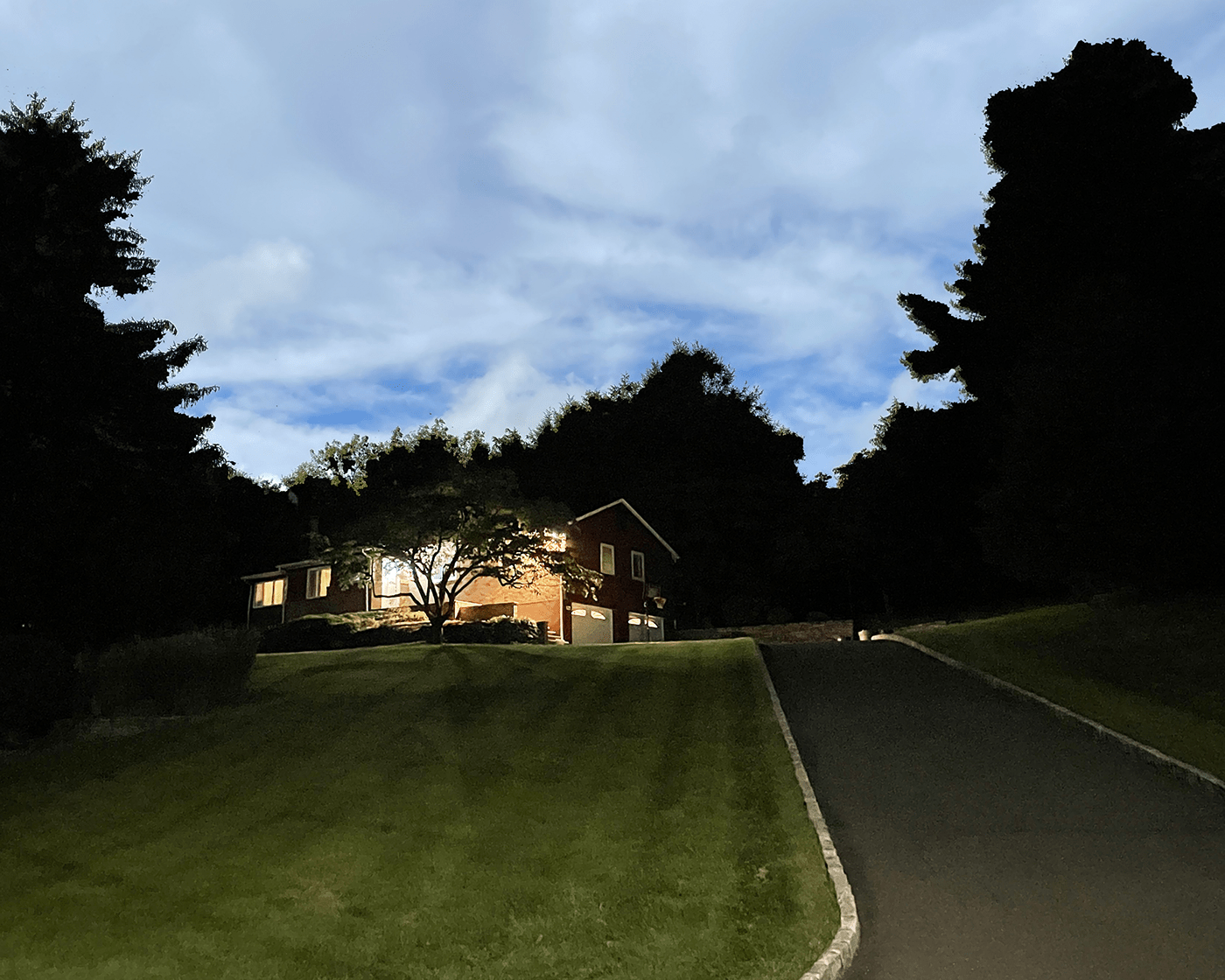
Landscaping Mask: Protecting Your Lungs While Beautifying Your Yard
Landscaping, while a rewarding activity, often exposes individuals to various airborne particles and irritants. From dust and pollen to chemicals and mold spores, the potential health risks are significant. A landscaping mask is therefore an essential piece of personal protective equipment (PPE) for anyone involved in yard work, gardening, or professional landscaping services. This article delves into the importance of using a landscaping mask, the different types available, and how to choose the right one for your specific needs.
Why Wear a Landscaping Mask?
The air in landscaping environments can be surprisingly hazardous. Activities like mowing, trimming, blowing leaves, and applying fertilizers or pesticides release fine particles into the air that can be inhaled. Prolonged or repeated exposure to these irritants can lead to a range of respiratory problems. Understanding these risks is the first step in appreciating the value of a good landscaping mask.
Common Airborne Hazards in Landscaping
- Dust: Soil, sand, and other debris can become airborne during digging, raking, and other activities. Dust particles can irritate the lungs and trigger asthma symptoms.
- Pollen: Seasonal allergies are a common nuisance, and landscaping often exacerbates pollen exposure. A landscaping mask can significantly reduce the amount of pollen inhaled.
- Mold Spores: Mold thrives in damp environments, such as compost piles and under piles of leaves. Inhaling mold spores can cause allergic reactions and respiratory infections.
- Chemicals: Pesticides, herbicides, and fertilizers can release harmful chemicals into the air. These chemicals can irritate the respiratory system and pose long-term health risks.
- Sawdust: Cutting wood, pruning trees, and other woodworking tasks generate sawdust, which can be a lung irritant.
Health Risks Associated with Unprotected Exposure
Without adequate respiratory protection, landscapers and gardeners are at risk of developing various health issues. These include:
- Allergic Reactions: Sneezing, coughing, runny nose, and itchy eyes are common symptoms of allergic reactions to pollen, mold, and dust.
- Asthma: Exposure to airborne irritants can trigger asthma attacks and worsen existing asthma symptoms.
- Respiratory Infections: Inhaling mold spores and other pathogens can lead to respiratory infections like bronchitis and pneumonia.
- Irritation of the Airways: Dust and chemicals can irritate the lining of the airways, causing coughing, wheezing, and shortness of breath.
- Long-Term Lung Damage: Prolonged exposure to airborne pollutants can lead to chronic lung conditions like chronic obstructive pulmonary disease (COPD).
Using a landscaping mask mitigates these risks by filtering out harmful particles, allowing you to work safely and comfortably.
Types of Landscaping Masks
Various types of landscaping masks are available, each offering different levels of protection. Understanding the differences is essential for selecting the right mask for your needs.
Dust Masks
Dust masks are the most basic type of landscaping mask. They are designed to filter out large particles like dust, pollen, and sawdust. Dust masks are typically inexpensive and disposable, making them a convenient option for short-term tasks. However, they are not effective against smaller particles like mold spores or chemical fumes.
Respirators
Respirators offer a higher level of protection than dust masks. They come in two main types: disposable and reusable. Disposable respirators, such as N95 masks, are designed to filter out at least 95% of airborne particles, including small particles like mold spores. Reusable respirators have replaceable filters that can be chosen based on the specific hazards present. These filters can protect against dust, pollen, mold, chemical fumes, and other contaminants. A proper landscaping mask respirator will provide a better seal than a basic dust mask.
Half-Face Respirators
Half-face respirators cover the nose and mouth and are typically equipped with replaceable cartridges or filters. These respirators provide a tight seal against the face, preventing contaminants from entering the breathing zone. Half-face respirators are a good option for individuals who work with chemicals or are exposed to high levels of dust or mold. They often require a fit test to ensure proper sealing.
Full-Face Respirators
Full-face respirators provide the highest level of protection. They cover the entire face, including the eyes, providing protection against both airborne particles and chemical splashes. Full-face respirators are typically used in hazardous environments where there is a risk of exposure to toxic chemicals or gases. These are less common for basic landscaping but may be necessary for certain professional applications.
Choosing the Right Landscaping Mask
Selecting the appropriate landscaping mask depends on several factors, including the type of work being performed, the level of exposure to airborne hazards, and individual preferences.
Factors to Consider
- Type of Work: Consider the specific tasks you will be performing. If you are simply mowing the lawn or raking leaves, a dust mask or disposable respirator may be sufficient. If you are working with chemicals or are exposed to high levels of dust or mold, a half-face or full-face respirator may be necessary.
- Level of Exposure: Assess the level of exposure to airborne hazards. If you are working in a dusty or moldy environment, choose a respirator with a high filtration efficiency. If you are working with chemicals, select a respirator with a filter that is specifically designed to protect against those chemicals.
- Fit: Ensure that the landscaping mask fits properly and creates a tight seal against the face. A poorly fitting mask will not provide adequate protection. Consider a fit test for respirators to ensure proper sealing.
- Comfort: Choose a mask that is comfortable to wear for extended periods. Look for masks with adjustable straps and soft, flexible materials.
- Cost: Consider the cost of the mask and replacement filters. While it is important to choose a mask that provides adequate protection, it is also important to stay within your budget.
Mask Features to Look For
- NIOSH Rating: Look for masks with a National Institute for Occupational Safety and Health (NIOSH) rating, such as N95 or P100. This rating indicates that the mask has been tested and certified to meet certain performance standards.
- Adjustable Straps: Adjustable straps allow you to customize the fit of the mask for maximum comfort and protection.
- Exhalation Valve: An exhalation valve can help reduce heat and moisture buildup inside the mask, making it more comfortable to wear for extended periods.
- Replaceable Filters: If you choose a reusable respirator, ensure that the filters are easily replaceable and that the appropriate filters are available for the specific hazards you will be exposed to.
Proper Use and Maintenance of Landscaping Masks
To ensure that your landscaping mask provides adequate protection, it is important to use it properly and maintain it regularly.
How to Properly Wear a Mask
- Wash Your Hands: Before putting on a mask, wash your hands thoroughly with soap and water.
- Position the Mask: Place the mask over your nose and mouth, ensuring that it covers your chin.
- Secure the Straps: Adjust the straps to create a snug but comfortable fit. The mask should fit tightly against your face without gaps.
- Perform a Seal Check: Before entering a hazardous environment, perform a seal check. To do this, cover the front of the mask with your hands and inhale sharply. The mask should collapse slightly against your face. If you feel air leaking around the edges of the mask, readjust the straps or choose a different size.
Cleaning and Storage
- Disposable Masks: Dispose of disposable masks after each use. Do not attempt to clean or reuse them.
- Reusable Respirators: Clean reusable respirators after each use. Follow the manufacturer’s instructions for cleaning. Typically, this involves washing the mask with soap and water and allowing it to air dry.
- Filter Replacement: Replace filters regularly, according to the manufacturer’s instructions. The frequency of filter replacement will depend on the type of filter and the level of exposure to airborne hazards.
- Storage: Store masks in a clean, dry place away from direct sunlight and extreme temperatures.
Where to Buy Landscaping Masks
Landscaping masks are available at a variety of retailers, including:
- Hardware Stores: Most hardware stores carry a selection of dust masks and respirators.
- Home Improvement Stores: Home improvement stores typically offer a wider selection of landscaping masks and respirators than hardware stores.
- Online Retailers: Online retailers like Amazon offer a vast selection of masks and respirators from various brands.
- Safety Supply Stores: Safety supply stores specialize in personal protective equipment and offer a wide range of masks and respirators for various applications.
When purchasing a landscaping mask, be sure to choose a reputable brand and purchase from a trusted retailer. This will help ensure that you are getting a high-quality mask that provides adequate protection. [See also: Choosing the Right Gardening Gloves] and [See also: Protecting Your Eyes While Landscaping].
Conclusion
A landscaping mask is an indispensable tool for protecting your respiratory health while engaging in yard work and gardening. By understanding the risks associated with airborne hazards and choosing the right mask for your needs, you can breathe easier and enjoy your time outdoors. Remember to consider the type of work, level of exposure, fit, and comfort when selecting a mask, and always follow the manufacturer’s instructions for proper use and maintenance. Investing in a quality landscaping mask is an investment in your long-term health and well-being. Choosing the right landscaping mask ensures you can continue to enjoy your landscaping activities without compromising your health. Prioritize your health by selecting and using a proper landscaping mask.

